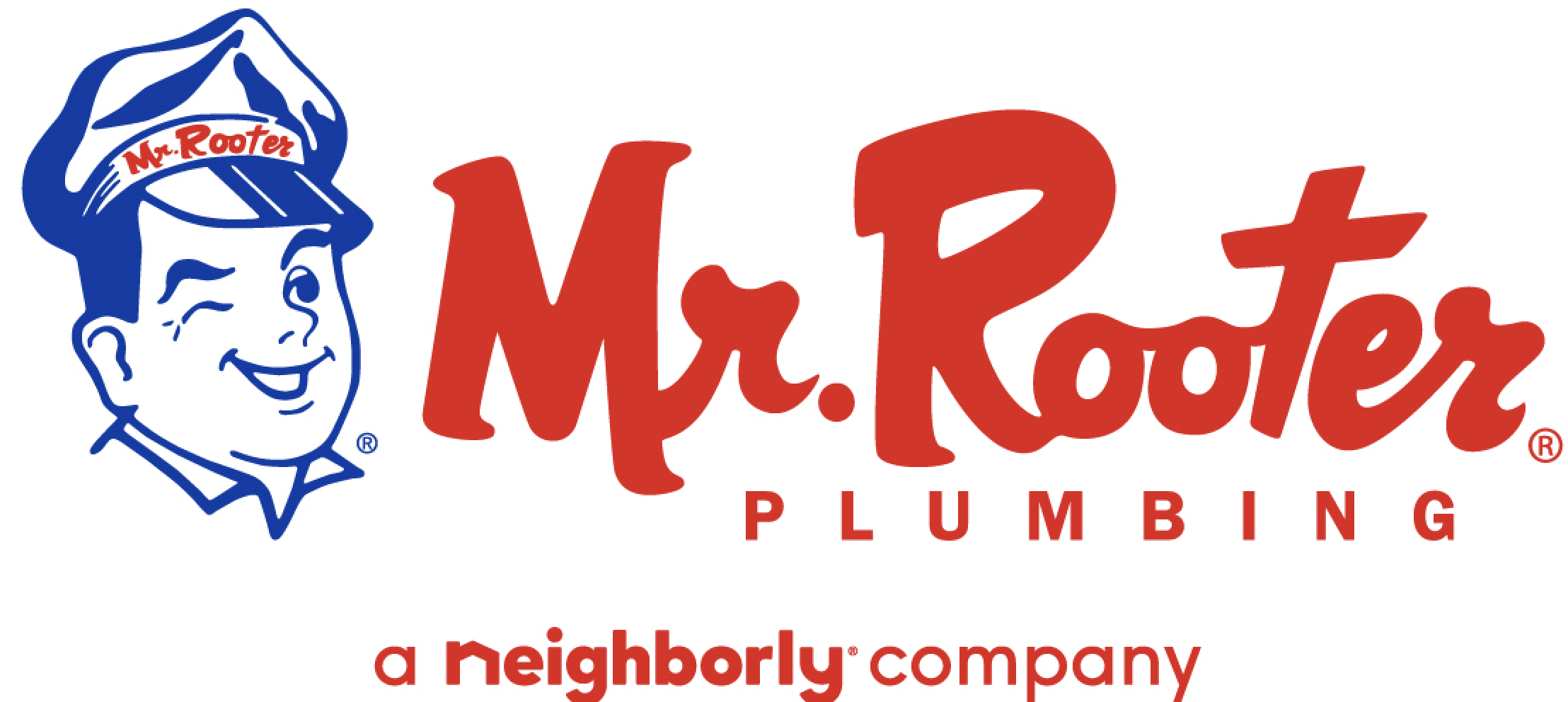|
Easy Seed Starts: Part 1
Growing Your Own Transplants
Written by: Patricia Stern
April 5, 2021
Growing your own plants from seed is a wonderful experience. There are many reasons you might want to that include: thrift, variety, getting an early start on the season and sheer entertainment value. It’s a great activity with your kids or significant other to witness the miracle of a tiny plant making its way through the ground. Giving away extra plants is also a great way to make friends. If you can care for a cat or dog and a have a few feet of extra counter or shelf space somewhere you have all the right qualities to be a seed starter. The most important factor is your attention, or to be all new-agey, your presence.
If you are a novice seed starter it’s good to begin with the 5th grade essay questions: who, what, where, when and how (we already covered why). Who is you and your designated second if you have one (it’s a great idea to train someone in your household or a young neighbor to watch your seeds for water in case you leave town for a few days). I have found the most satisfying plants to grow from seed are tomatoes. There are an unlimited variety of tomatoes that you can grow from readily available seeds, but which are difficult to find as plants. Two of my favorites are heirloom varieties: a giant sweet yellow called Kellogg’s Breakfast, and the heirloom Cherokee Purple which has a rich slightly smoky flavor. There are many places to get seeds but my go-to favorites are JohnnySeeds.com and TotallyTomatoes.com. Pike, Lowe’s and Home Depot also carry seeds seasonally, but the variety will not be as wide. What, where and when are inter-related. Timing is important. Start with your expected outdoor in-ground planting date and count backwards to arrive at the start date. For tomatoes, optimum planting date is late April through mid-May. They take about 4 weeks to reach transplant size. (So start now as soon as you finish reading this!) First get your seeds. You have already planned your outdoor growing space and prepared your beds, right? Then decide where you want to start them. Indoors under a grow light is ideal but a sunny window will work too. Later in the season a sunny backyard spot will work too but for an early start indoors is best. Purchase a suitable growing medium (NOT backyard soil). Some good choices are Fafard or Jiffy Mix (both available from HomeDepot.com). Find a suitable container. This could be an empty salad mix or plastic takeout container. Make sure there are holes in the bottom for drainage. I do this by heating a metal skewer over my gas stove until red hot and melting holes in the bottom. (For maximum marital happiness do not do this around your grill-master spouse.) Add moistened soil mix to a depth of 2-3” inches to your container and tamp down lightly. I use a pencil turned sideways to make a slight indentation to form rows. Add seeds about 1” apart to each row. Dust lightly with more soil mix. Press the seeds lightly into the soil with the back of a teaspoon. Cover the whole container with plastic wrap, move to your warm bright spot and check daily for signs of seed emergence. If your space is warm, (75-80 degrees) most tomatoes will sprout in 2-4 days. If the soil surface is dry, I mist with a spray bottle of water. I prefer to bottom water seedlings by placing the whole container in another tray of water and letting the water wick up to the surface. This avoids knocking over tender seedlings. When they develop their second set of leaves you can begin overhead watering with a fine mist spray nozzle outdoors. Remember to watch for cool nights! Tomatoes do not like temperatures below 60 degrees. When the plants look sturdy enough transplant to larger containers (I save the 4” ones pansies come in to use for potting up). Basil can be started exactly the same way and likes similar temperatures to tomatoes. I grow lemon basil, Thai, Cinnamon and Genovese (regular Italian that’s best for cooking). Summer squash, green beans, and cucumbers are easily started directly in their final growing container, either a 4” pot or 6-pack vegetable transplant container. For flowers try marigolds or zinnias. Next issue: Direct Seeding in your Garden! |





